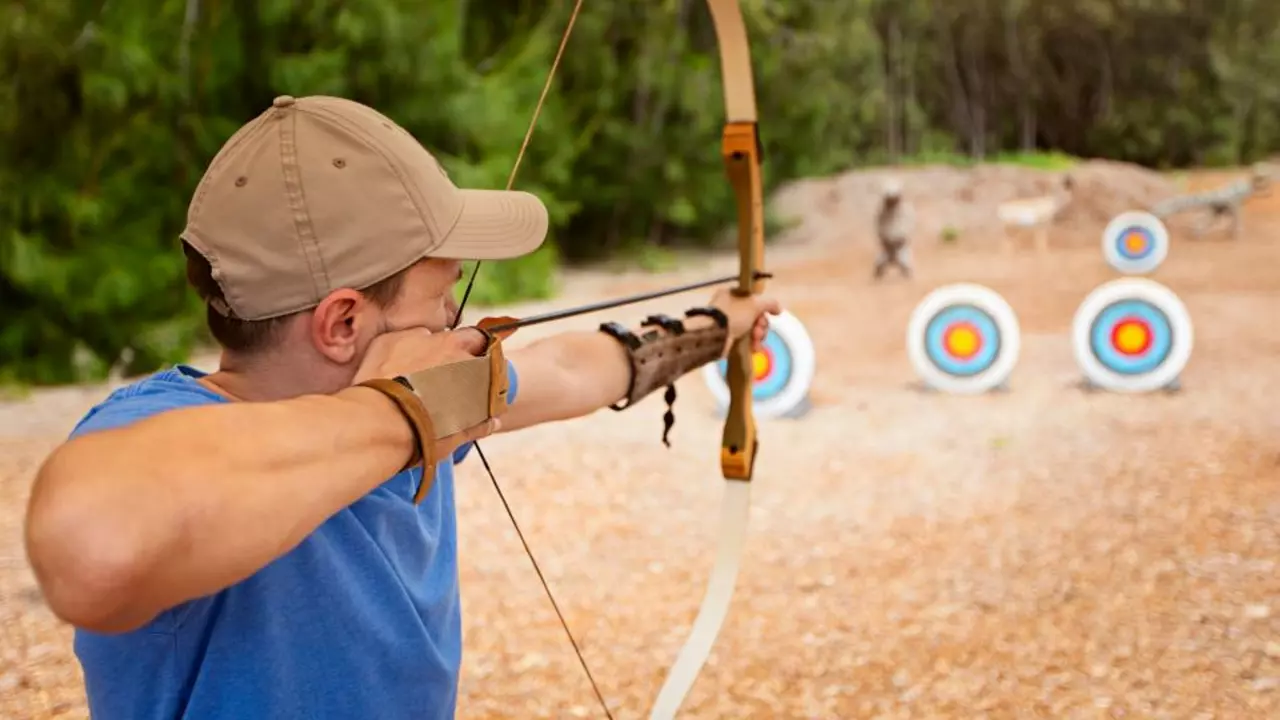Comparison in Archery and Beyond
When you think about Comparison, the process of looking at two or more things side by side to spot differences and similarities. Also known as contrast, it lets you decide what fits your style, budget, and goals.
One of the first comparison archers make is between a compound bow, a modern bow that uses a system of pulleys and cables to reduce draw weight and increase accuracy. This is often weighed against a traditional recurve bow, which relies on limb shape alone. The compound bow’s mechanical advantage means less effort per shot, while the recurve offers simplicity and a classic feel. Knowing which side of the equation matters to you can change everything from your practice routine to competition results.
Another frequent archery targets, the objects shot at, ranging from paper circles to 3‑D animal replicas bring a whole new set of choices. Paper targets give clear score zones and are great for indoor ranges, whereas 3‑D targets simulate real‑world hunting scenarios. Field targets, often positioned at varied distances, test your ability to judge range and adjust aim. Each type highlights a different skill set, so comparing them helps you train the right muscles for the game you want to play.
Pop‑culture also fuels interesting Hawkeye, the fictional superhero archer from the Marvel universe debates. Fans love to ask whether his high‑tech tricks could survive Olympic rules. The Olympics ban any performance‑enhancing gadgets, which means Hawkeye would have to leave his trick arrows at home. Comparing his fictional gear to real‑world regulations shows how sport rules keep the playing field fair.
Even myths about archery get compared. Some claim the sport is banned worldwide, but the truth is that only a handful of locations have restrictions. Most countries welcome archery clubs, and the sport thrives online and in community centers. When you compare legal frameworks, you see a patchwork rather than a blanket prohibition.
All these side‑by‑side looks—gear versus tradition, target types, fictional versus real rules, and myth versus fact—form a web of connections. Understanding the relationships helps you pick the right equipment, choose the right practice method, and debunk the rumors that hold you back. Below you’ll find articles that dive deeper into each comparison, giving you the details you need to aim smarter.
